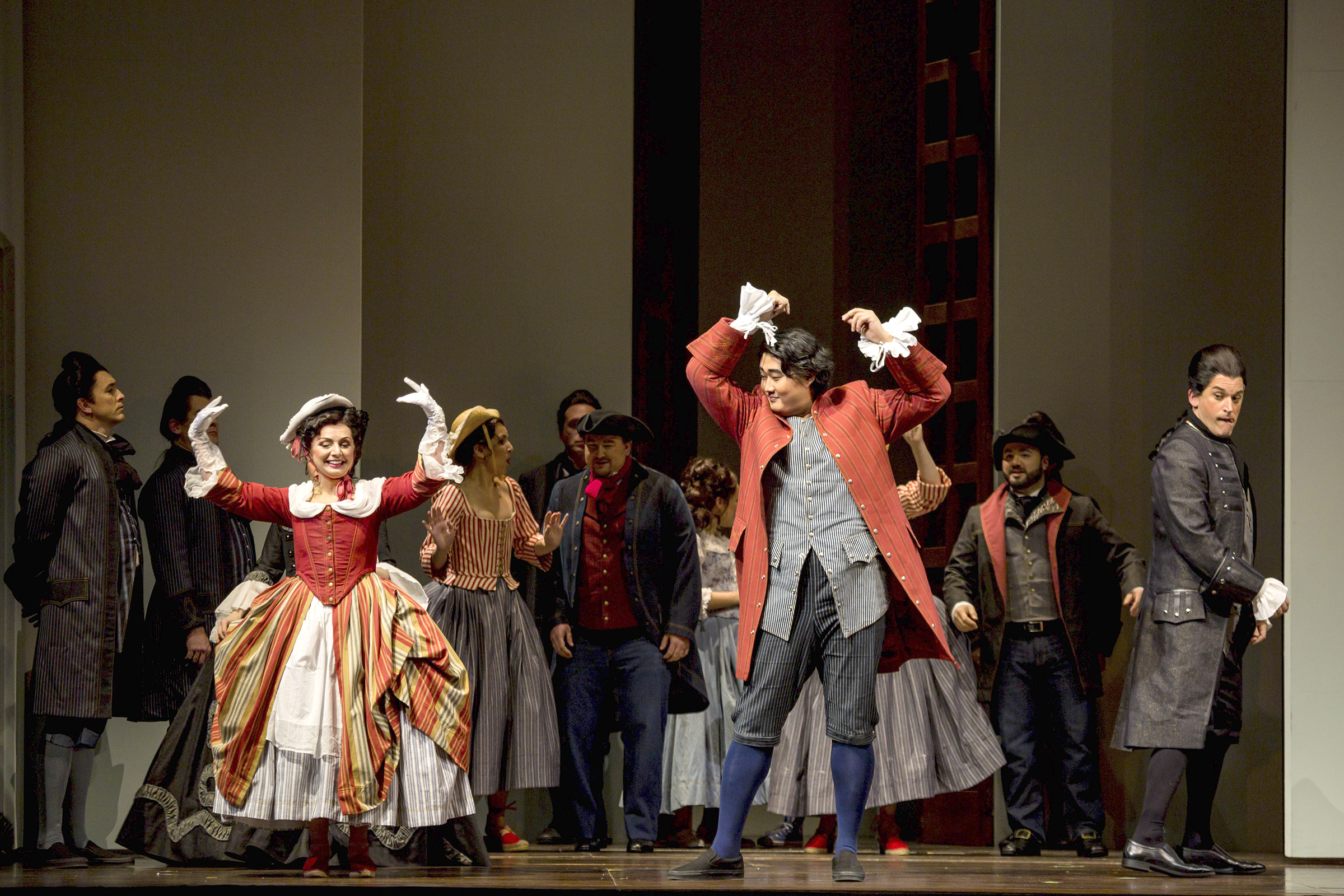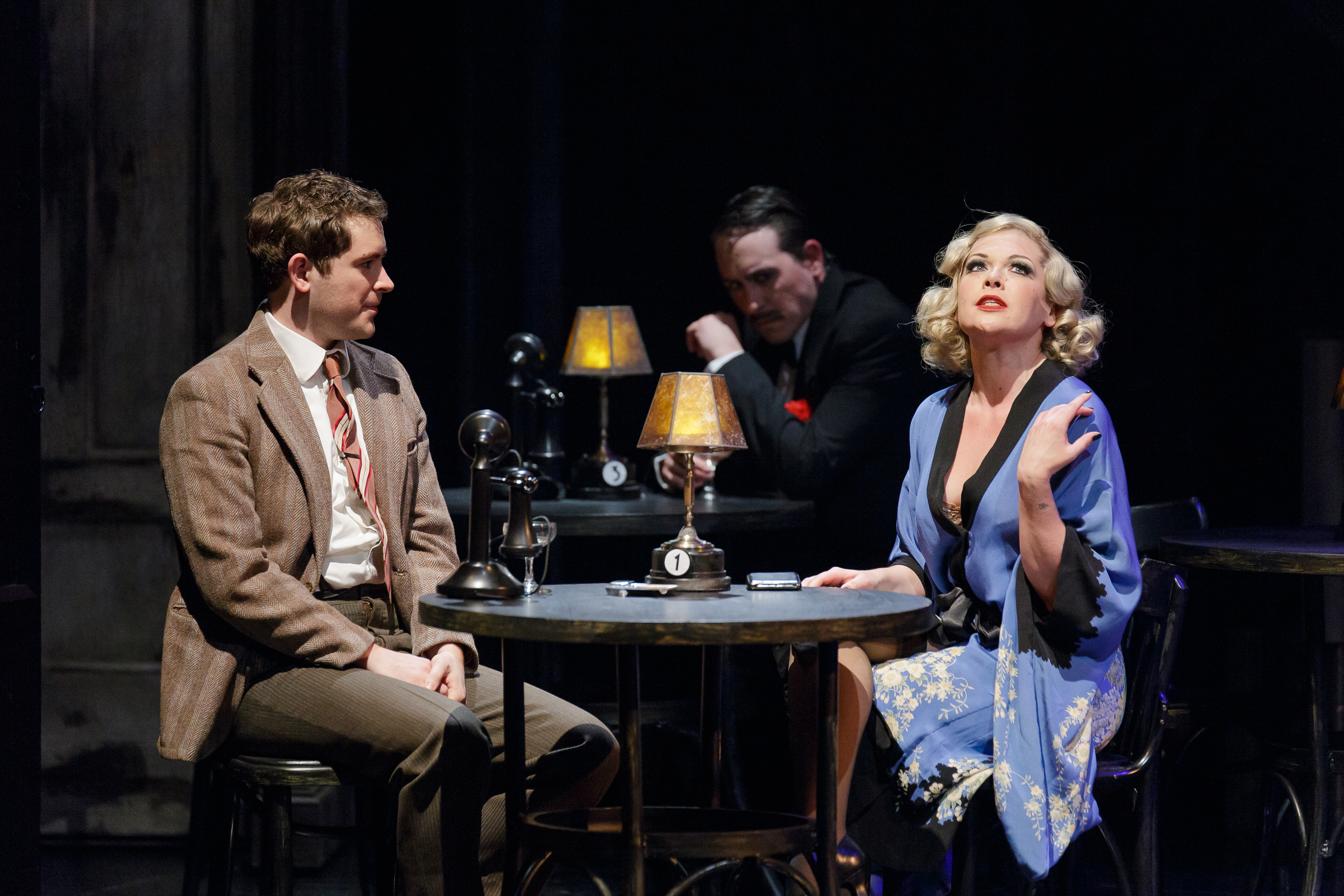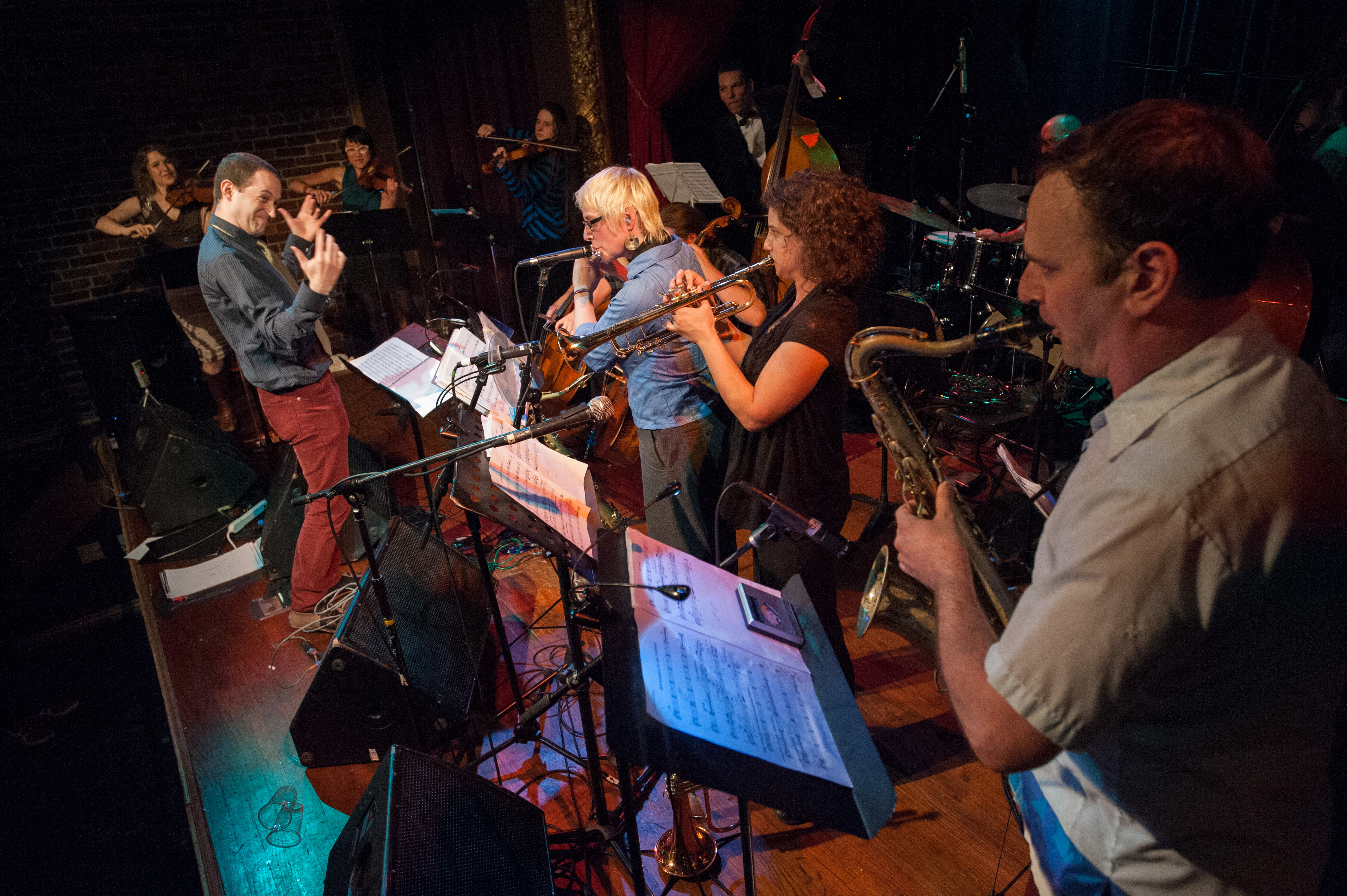Sergei Rachmaninoff frequently gets a bum rap for being conservative and derivative, though there are few composers easier to play drop-the-needle with; a five-second listen to any part of any of his works is about all it takes to identify him. Both harmonically and orchestrationally, his sound is distinctively his own–from wherever he may have borrowed its sources–which is not something that can be said for every composer, even some more respected. His Piano Concerto no. 4, completed in 1941, only two years before his death, explores some new territory-a mood, an attitude, that he folded into that distinctive sound, especially in the first and last movements. Hearing Arnaldo Cohen play it Friday night with the Seattle Symphony, I thought Rachmaninoff might well have been listening to a lot of Stravinsky or Shostakovich when he wrote the concerto; there’s a slyness and wryness, even a molecule of snark, that it’s hard to find in his earlier works, but which he’s balanced amazingly well with his usual effusive lyricism. Set against each other with the characterizational skill of a master playwright or novelist, the two moods are integrated so effectively and with so little fuss, it’s as if Rachmaninoff heard something of Shostakovich’s on the radio, said, “Well, there’s no reason I can’t do that too,” and sat down and did it. Just because they spring from contrasting material, which creates drama, his opulent climaxes in this concerto feel earned–rather than deployed merely because that’s how concertos behave. In the scampering finale, he even seems to pay homage to his adopted homeland; here and there are dashes of Broadway overture, and the piece sounds a bit like a Russian cousin of Gershwin’s Concerto in F.The evening’s conductor, Thomas Dausgaard, offered some stunning moments in Sibelius’ Fifth: contrapuntal clarity in the opening wind passages (like I’ve never heard) and later among the strings, and some beautiful string pianissimos full of body and presence. These speak to Dausgaard’s skill as an orchestral technician; I was less convinced by some of his other choices, especially the gooey push-pull in certain string passages: near the end of the second movement and during the broad, triple-time horn calls in the finale, which had no swing or propulsion since he was so occupied in fussing with the strings, milking them for a Tchaikovskian pathos that I think is not at all what this symphony is about. His approach was intrusive, even micromanaging, in a piece that should be as uncontrived as a waterfall. It was definitely gratifying, though, that he opened the evening with a piece from as recent as 1992: the Symphony no. 4 by Witold Lutoslawski. Immediately beguiling in its opening, a fragile clarinet melody over low throbbing strings, it’s a piece I plan to get better acquainted with.
More Stories From This Author
Capitol Hill Block Party Artist Panel Series 2019
The Capitol Hill Block Party Artist Panel Series 2019 is free (no festival wristband required), all-ages, and takes place from…
By
Seattle Weekly • July 9, 2019 11:10 am
Golden Idols will release new EP
Seattle quartet returns with ‘Uneasy’
By
Seattle Weekly • June 24, 2019 5:30 pm
Travis Thompson, Wolf Parade headline Fisherman’s Village fest
The Everett Music Initiative festival, May 16-18 in Everett, will showcase more than 50 acts.
By
Evan Thompson • March 18, 2019 12:00 pm






